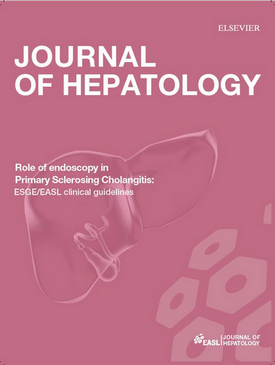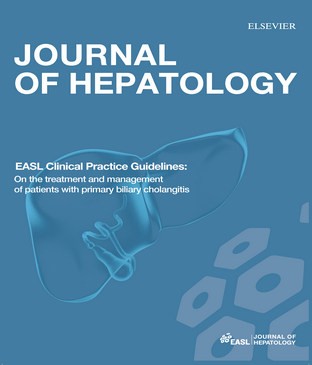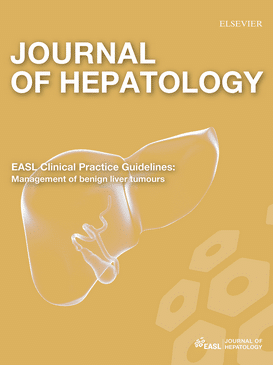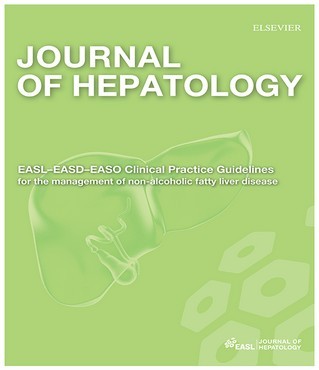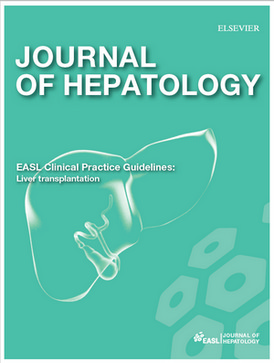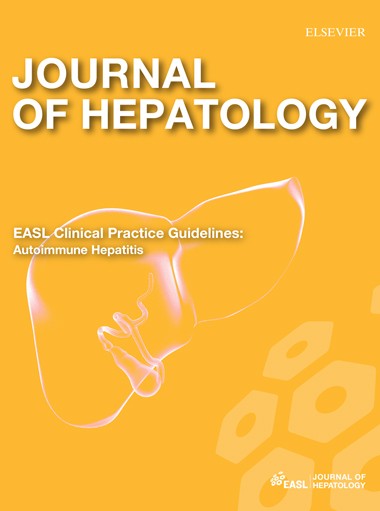Role of Endoscopy in Primary Sclerosing Cholangitis
This guideline is an official statement of the European Society of Gastrointestinal Endoscopy (ESGE) and of the European Association for the Study of the Liver (EASL) on primary sclerosing cholangitis. The Grading of Recommendations Assessment, Development and Evaluation (GRADE) system was adopted to define the strength of recommendations and the quality of evidence.

